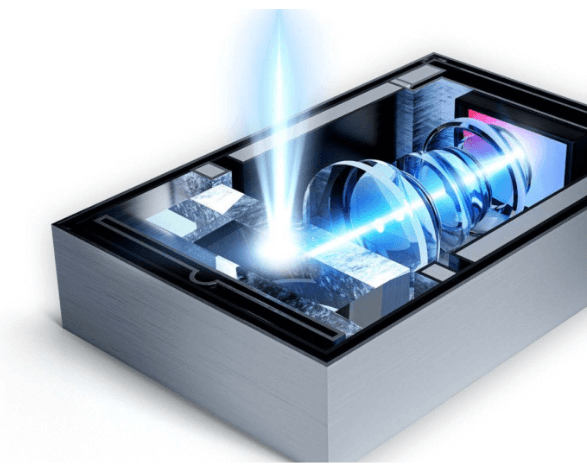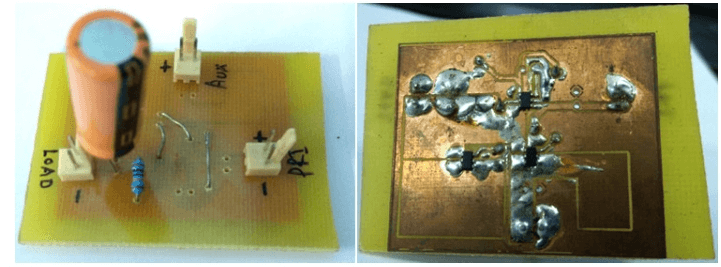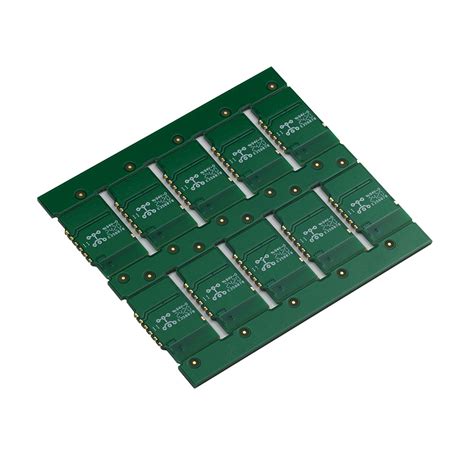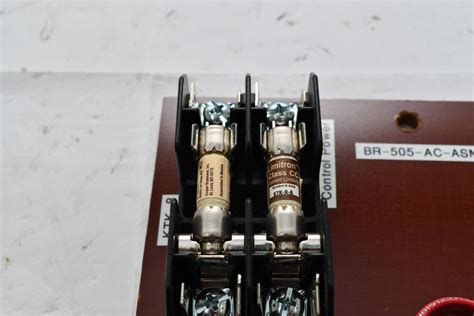EMC design technology related skills and precautions
1.EMC
Electromagnetic compatibility EMC (Electromagnetic Compatibility) refers to the ability of a device or system to operate in accordance with requirements in its electromagnetic environment and not produce intolerable electromagnetic interference to any device in its environment.
Therefore, EMC includes two requirements: on the one hand, the electromagnetic interference generated by the sensor to the environment during normal operation must not exceed a certain limit, that is, EMI; on the other hand, the sensor must have a certain degree of immunity to electromagnetic interference in the environment, that is, EMS.
In layman’s terms: EMC = EMI + EMS. Electronic products themselves have a certain degree of anti-interference ability (EMS). When working, you interfere with me and I interfere with you (EMI), but everyone can still coexist peacefully (EMC).
It’s like you have a pair of twins, one naughty (EMI) and the other quiet (EMS), but the two children can still play happily together every day (EMC).
So why do we do EMC, which seems to have no use value?
The official gave us this answer: it means that signals and interference can coexist without damaging the information contained in the signal. The purpose of studying electromagnetic compatibility is to ensure that electrical components or devices can work normally in an electromagnetic environment, as well as to study the mechanism and preventive measures of electromagnetic waves causing harm to social production activities and human health.
In order to improve the reliability of normal operation of electronic equipment before the product becomes a commodity, to make it in line with international standards, and to ensure the safety of people and certain special materials, more and more electronic companies pay attention to EMC. Carrying out necessary electromagnetic compatibility testing during the development process can greatly help the stability of the product’s own performance and quality improvement, and save costs.

In short, follow the development of the times and make better products.
Therefore, Taolue Technology is based in Shenzhen, facing the whole country, integrating global EMC advantageous resources, and gradually developing and improving a new service model with “Taolue characteristics” covering the entire EMC industry chain. Create the greatest value for customers and achieve a win-win situation.
2.EMC grounding design skills
Grounding is the most effective way to suppress interference sources, which can solve 50% of EMC problems. The system reference ground is connected to the earth to suppress electromagnetic interference. The metal parts of the shell are directly connected to the earth, which can also provide a leakage path for electrostatic charges to prevent static electricity accumulation.
The following points should be noted in ground design:
(1) Correctly choose single-point grounding and multi-point grounding
In low-frequency circuits, the operating frequency of the signal is less than 1MHz, and the inductance between its wiring and devices has little effect, while the loop current formed by the ground circuit has a greater impact on interference, so single-point grounding should be used. When the signal operating frequency is greater than 10MHZ, the ground impedance becomes very large. At this time, the ground impedance should be reduced as much as possible, and multi-point grounding should be used nearby. When the operating frequency is between 1 and 10MHz, if a single-point grounding is used, the ground length should not exceed 1/20 of the wavelength, otherwise a multi-point grounding method should be used.
(2) Separate digital circuits from analog circuits
There are both high-speed logic circuits and linear circuits on the circuit board. They should be separated as much as possible, and the ground wires of the two should not be mixed. They should be connected to the ground wire of the power supply end respectively. The ground area of the linear circuit should be increased as much as possible

(3) Make the ground wire as thick as possible
If the ground wire is very thin, the ground potential will change with the change of current, causing the timing signal level of the electronic equipment to be unstable and the anti-noise performance to deteriorate. Therefore, the ground wire should be as thick as possible so that it can pass the allowable current of the three-position printed circuit board. If possible, the width of the ground wire should be greater than 3mm.
(4) Make the ground wire into a loop
When designing a ground wire system for a printed circuit board consisting only of digital circuits, making the ground wire into a closed loop can significantly improve the anti-noise ability. The reason is that there are many integrated circuit components on the printed circuit board. Especially when there are components that consume a lot of power, due to the limitation of the thickness of the ground wire, a large potential difference will be generated on the ground node, causing the anti-noise ability to decrease. If the ground structure is made into a loop, the potential difference will be reduced, and the anti-noise ability of the electronic equipment will be improved.
3. EMC Design Considerations
1.Grounding layer – When designing a PCB to minimize EMC, a low-inductance grounding system is the most important element. Maximizing the grounding area on the PCB can reduce the grounding inductance in the system, thereby reducing electromagnetic radiation and crosstalk.
There are different methods for grounding the signal.
A bad PCB design is one that randomly connects components to the ground point. This design will produce a high grounding inductance and lead to inevitable EMC problems. The recommended design approach is to have a complete ground plane as it provides the lowest impedance when the current returns to its source. However, the ground plane requires a dedicated PCB layer, which may not be feasible for a two-layer PCB. In this case, it is recommended that designers use a ground grid as shown in Figure 1a. In this case, the ground inductance will depend on the spacing between the grids.
The way the signal returns to the system ground is also very important because when the signal takes a longer path, it forms a ground loop that forms an antenna and radiates energy. Therefore, each trace that carries the current back to the source should follow the shortest path and must go directly to the ground plane. It is not recommended to connect all the individual grounds and then connect them to the ground plane as this will not only increase the size of the current loop but also increase the possibility of ground bounce. Figure 1b shows the recommended way to connect the components to the ground plane.
Using a Faraday cage is another good mechanism to reduce the problems caused by EMC. A Faraday cage is formed by stitching the ground plane around the entire perimeter of the PCB and not routing any signal outside this boundary
3.Component Isolation – For EMC-free design, components on the PCB need to be grouped according to their functions, such as analog, digital, power section, low-speed circuits, high-speed circuits, etc. The tracks of each group should be left in their designated area. In order for the signal to flow from one subsystem to another, a filter should be used at the subsystem boundary.
4..Board Layers – Proper arrangement of these layers is critical from an EMC perspective. If more than two layers are used, a complete layer should be used as a ground plane. For a four-layer board, the layer below the ground plane should be used as a power plane (Figure 2a shows one such arrangement). It must be noted that the ground plane should always be between the high-frequency signal traces and the power plane. If a two-layer board is used and a complete ground plane is not possible, a ground grid should be used. If a separate power plane is not used, the ground trace should be parallel to the power trace to keep the power clean.
All the above information is the content about EMC that the editor recommends to you this time. I hope you like it. If you want to know more about it or other content, please pay attention to our website.







